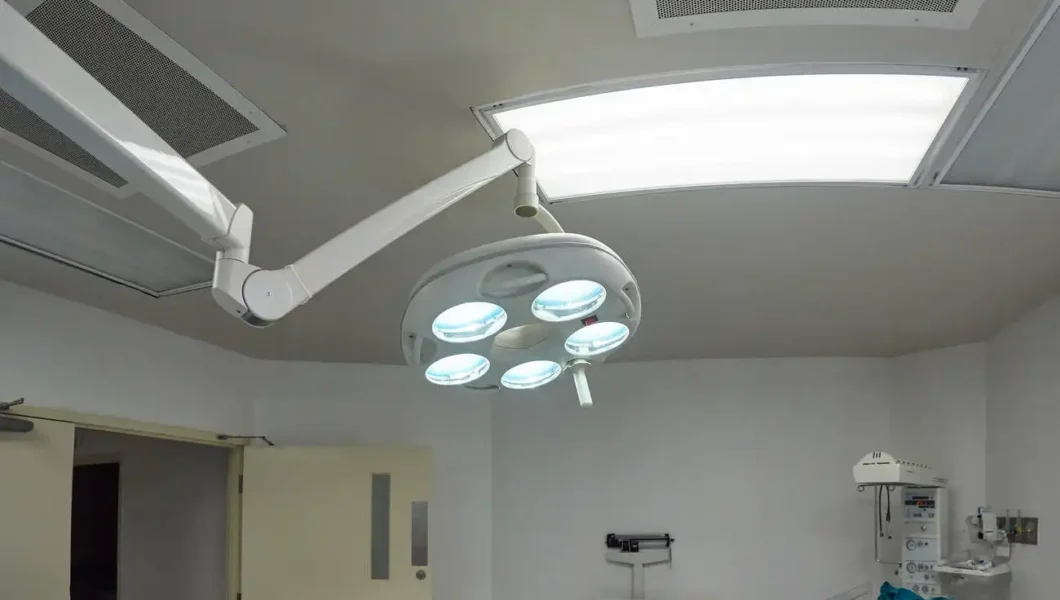In the intricate realm of surgery, where every detail matters and precision is paramount, surgical headlights stand as silent sentinels, illuminating the path to successful procedures. Over the years, these unassuming yet crucial tools have undergone a remarkable evolution, shaping the way surgeons navigate the complexities of the operating room.
The history of surgical illumination traces back to the early days of surgery when natural light or basic lamps provided the only source of illumination. Surgeons often grappled with shadows and limited visibility, highlighting the pressing need for a more reliable and focused lighting solution.
The turning point came with the advent of electric lights in the late 19th century, revolutionizing surgical illumination. Surgeons gained access to a steady and adjustable light source, significantly enhancing their ability to visualize the surgical field. However, it wasn’t until the mid-20th century that dedicated surgical headlights became commonplace, marking a new era in surgical precision.
The introduction of fibre optic technology heralded a new chapter in the evolution of surgical headlights. Lightweight and flexible light guides allowed for intense illumination directed precisely at the surgical site. Surgeons were no longer constrained by fixed light sources, gaining unprecedented flexibility and manoeuvrability during procedures.
Modern surgical headlights have embraced LED technology, offering bright, cool, and focused illumination that enhances visibility while minimizing heat generation. Surgeons can now choose from a range of light intensity levels and colour temperatures, tailoring the illumination to suit the specific requirements of different procedures.
Ergonomics has also played a crucial role in the design of contemporary surgical headlights. Lightweight and adjustable, these devices prioritize the surgeon’s comfort and minimize strain during lengthy procedures. Some models even come equipped with integrated features such as built-in cameras, allowing for real-time visualization and documentation.
Sustainability considerations have also shaped the development of surgical headlights. LED technology not only offers energy efficiency but also contributes to reducing the environmental footprint of medical facilities. This reflects a broader commitment to eco-friendly practices within the healthcare industry.
In conclusion, the evolution of surgical headlights mirrors the relentless pursuit of precision and excellence in modern surgery. From humble beginnings to sophisticated LED-powered devices, these unassuming tools have revolutionized the way surgeons navigate the complexities of the operating room. As technology continues to advance, surgical headlights remain beacons of innovation, illuminating the path towards safer, more precise, and more efficient surgical interventions.





